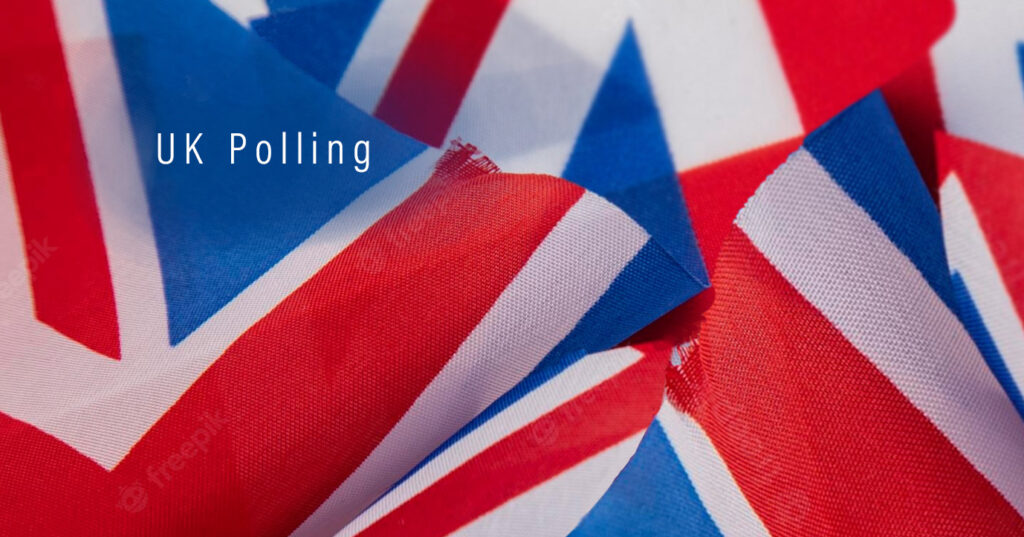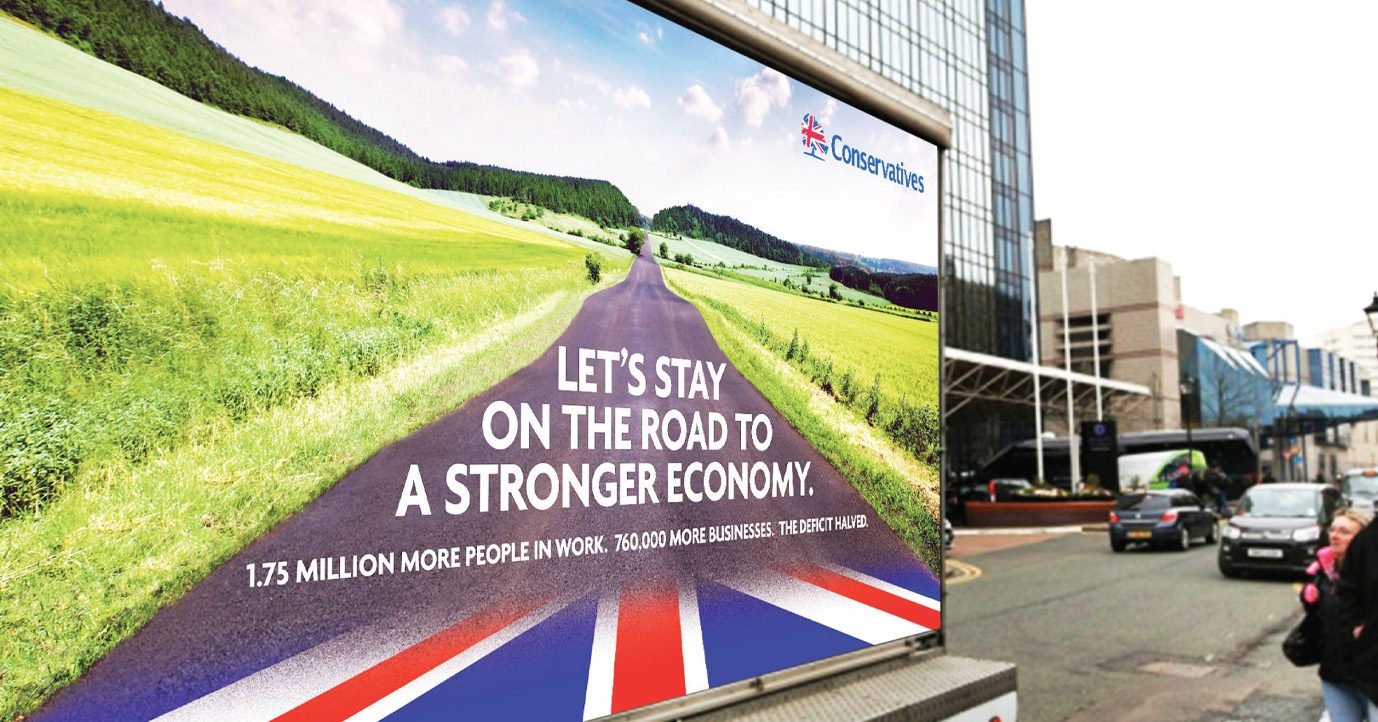
In the latest round of constituency research I have returned to the Liberal Democrat battleground. My study of the most marginal seats the Lib Dems were defending against Labour and the Conservatives, published in June, found the party on course to lose most of its most vulnerable seats, with a few notable exceptions. Over the summer I have looked at seats in England where the Lib Dems are defending bigger majorities to see how vulnerable they are against either rival. In seats contested in England between the Lib Dems and the Tories, including Lib Dem majorities of up to 8%, I found the two parties level, with 32% of the vote each – a rather concerning result for the Conservatives, who need to win a large number of Lib Dem seats to balance those it may lose to Labour. This represents an overall swing in these seats of just 2% to the Conservatives,but with an intriguing range of results from one constituency to the next.
This study includes only two Conservative-held seats – those in which I found the smallest Tory majorities among the selection Lib Dem targets I polled in June. Of these, Oxford West & Abingdon still looks reasonably comfortable for the Conservatives, with an eight-point margin over the Lib Dems, but Watford remains a three-way contest in which Labour now have the edge over the Tories.
The results in the Tory target seats are fascinating, and bear no relation to the size of the Lib Dem majorities. If these figures were repeated at the election the Conservatives would be looking at a recount in Torbay, the most ambitious seat on the list, and would gain Berwick Upon Tweed and Taunton Deane, the second and third. They would win Chippenham and Somerton & Frome with swings of 10% and 8.5% respectively, and do enough to bag Solihull, Wells, Mid Dorset & North Poole and – just, with two points separating three parties – St Austell & Newquay. The modest 3% swing in North Cornwall would mean another recount.
But at the other end of the scale I found swings from the Conservatives to the Lib Dems in Cheadle, Eastleigh, Sutton & Cheam, and most spectacularly, Eastbourne. In the Tory-Lib Dem battleground as a whole, I found 13% of Conservatives, 18% of Labour supporters and 9% of UKIP supporters switching to the Lib Dems when asked to think about their own constituency and the candidates likely to stand there, rather than simply which party they would vote for in an election tomorrow. In all the seats surveyed, the Lib Dem vote rose significantly between these two questions.
This raises the much-discussed question of the benefits of incumbency, and “first-time incumbency” in particular. Historically, MPs standing for re-election after their first term have enjoyed a bigger (or suffered a smaller) swing than their party more widely. My constituency polling, with its two voting intention questions, has allowed us to see to what extent the supposed incumbency advantage is taking effect. Reviewing the results of my seat-by-seat surveys published since May we find that while the Lib Dem vote climbs when voters in Lib Dem seats are asked to think about their local area, this is not always the case for the Conservative vote in Conservative seats. Indeed in the last group of Conservative-held marginals I surveyed in July, the Tory vote fell on the “own constituency” question more often than it rose.
So what is going on? Much of the discussion about this subject seems to assume that the incumbency effect is something that just happens to a politician. But it is not – it is something he or she creates (or doesn’t). Incumbency is not so much an advantage in itself as an opportunity to build a profile, make a reputation, and achieve the things that will ultimately be rewarded on election day. I suspect new MPs, knowing they will have a battle to hold on to their often marginal seats, have in the past worked harder than most, thereby creating what has become known as the “first-time” effect. I further suspect that some have registered the existence of the phenomenon without having understood the reasons for it, and now think it will be bestowed upon them gratis by a benevolent electorate. The MPs who enjoy the biggest boost from incumbency will be the ones who earn it.
Overall, voters in these seats report more contact from the Tories than the Lib Dems when it comes to literature, direct mail, phone calls and door-knocking (though the Lib Dems have the edge in the ground war in most of the seats where they have the lead). Two thirds of voters – including nearly nine out of ten Tories and nearly three quarters of Lib Dems, but only just over half of Labour and UKIP supporters – were optimistic about the economy over the next year.
More than two thirds were either satisfied with David Cameron’s performance as Prime Minister (35%) or dissatisfied but still preferred him to Ed Miliband (33%). Seven in ten UKIP voters, including 87% of those defecting from the Conservatives, said they would rather have Cameron in Downing Street than Miliband. On the Lib Dem-Conservative battleground a Conservative government was the most popular potential election outcome, though preferred by just 33%. A further 17% (including 14% of Tory voters) wanted to see a repeat of the current coalition. Lib Dem voters themselves preferred the prospect of being in coalition again with the Tories (42%) than with Labour (36%).
On the other side of the battleground I looked at the five more ambitious Lib Dem-held Labour targets in England, with majorities of between 4,576 and 8,530: Cardiff Central, Redcar, Cambridge, Hornsey & Wood Green, and Bermondsey & Old Southwark. The overall swing was 12% from Lib Dem to Labour, but again with wide variations, ranging from 8% in Cambridge and 9% in Bermondsey to 19% in Redcar.
Were these findings to be repeated on election day, the Lib Dems would hold on to just one of the five seats (Simon Hughes clinging to Bermondsey & Old Southwark with his majority reduced from 19% to 1%); Labour would win Cambridge by a single point, Hornsey & Wood Green by thirteen points, Cardiff Central by twelve, and Redcar by 21 points (where the Lib Dems would be pushed into third place by UKIP). Three in ten of those who voted Lib Dem in 2010 said they would definitely not vote for the party at the next election.
Nevertheless, the incumbent MPs still evidently have a local following, though it may not be enough to save them in most cases. More than one fifth (22%) of Conservatives, one in ten Labour supporters and nearly one in twelve UKIP voters switched to the Lib Dems when asked the “thinking about your own constituency” question.
Despite Labour’s overall lead in voting intention, only just over a third of voters in these seats (36%), including less than two thirds of Labour supporters (64%) said they would rather see Ed Miliband as Prime Minister than David Cameron. Indeed Hornsey & Wood Green was the only seat in which a minority (49%) said either that they were satisfied with Cameron’s performance or that they were dissatisfied but preferred him to Miliband.
Even more depressingly for the Lib Dems, they find themselves behind despite having the better of the ground war: 30% said they had heard from the party recently, compared to 22% saying they have heard from Labour. With the exception of Redcar, where a bare majority of 51% said they expected the economy to do well over the next year, most voters (as in the Lib Dem-Conservative battleground) were optimistic both for the country as a whole and for themselves and their families.
When it comes to the outcome of the next election, a majority of voters in these seats said they would like to see Labour in government, either with an overall majority (37%) or in coalition with the Lib Dems (20%). Only around three quarters (74%) of Labour voters said they wanted their party to govern alone; more than a fifth (21%) said they would rather see them in coalition. The single biggest preference among the remaining Lib Dem voters in these constituencies was for a coalition with Labour (43%), with a further one in ten wanting to see a Labour government; 37% said they would rather see their party in coalition with the Tories. Notably, three in ten UKIP voters said they wanted see Labour in government (20% governing alone, 10% in coalition with the Lib Dems). Among Conservative switchers to UKIP, 80% wanted to see the Tories in government, including 68% who wanted an overall Conservative majority.


